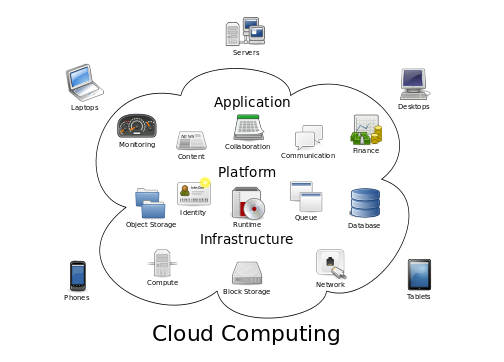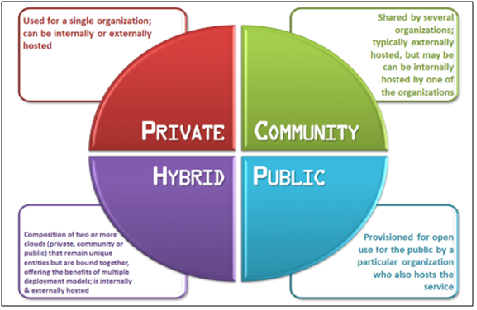Overview Of Cloud
Cloud Computing is just a metaphor for the Internet. Simple example of using a cloud is that of the Email Client. The email client has all the software and hardware resources required to manage your email account. To access this we require opening the web browser and logging into it using the Internet. You need not install any special application to access and use your email account. Cloud computing works in a similar way where you can use and access any information within that cloud. The cloud need not require you to be at the same location as your data or hardware storing your data. It handles and provides all the necessary hardware and software resources required to run your applications.

Cloud Computing provides a lot of benefits especially to the SMEs. It helps in fast delivery of computing resources, proper provision of processes, applications and services. All this makes the management of IT easy and efficient in business needs responses. Since the cloud is enabling IT workers to offload a lot of their work, they’re now able to focus on projects they simply had no time for before. And with the cloud, programmers are able to build and test their apps much faster since they don’t have to wait for a server to be ready to use.
Types of Clouds
Basically there four major types of clouds and depending on one’s needs you can subscribe any type of the cloud based on location:
1. Public Cloud - The computing infrastructure is hosted by the cloud vendor at the vendors premises. The customer has no visibility and control over where the computing infrastructure is hosted.
2. Private Cloud - A private cloud is established for a specific group or organization and limits access to just that group.
3. Community Cloud - A community cloud is shared among two or more organizations that have similar cloud requirements.
4. Hybrid Cloud - A hybrid cloud is essentially a combination of at least two clouds, where the clouds included are a mixture of public, private, or community.

References:
The Basics of Cloud Computing: Alexa Huth and James Cebula
https://en.wikipedia.org/wiki/Cloud_computing
http://www.appcore.com/types-cloud-computing-private-public-hybrid-clouds/
http://samanpure.com/category/tech/cloud-computing/
Ms. Margaret Salve and
Ms. Uma Madje.
Faculty Member,
Computer Science